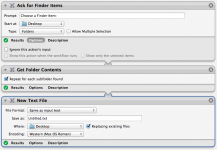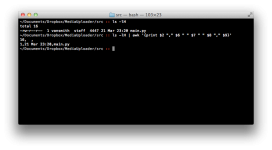- Joined
- Nov 19, 2006
- Messages
- 1,781
- Reaction score
- 81
- Points
- 48
- Location
- York, UK
- Your Mac's Specs
- iMac: 5K 27” (2020), 3.3 GHz, 32Gb RAM. iPad2, iPad mini4, iPhone 13 Mini, Apple Watch SE
Is there any way to export a folder (and ideally sub folders) content list to,say, a .CSV file. I would like the file names, creation date and size and I don't mind if all the sub folder contents are listed in one long list.






